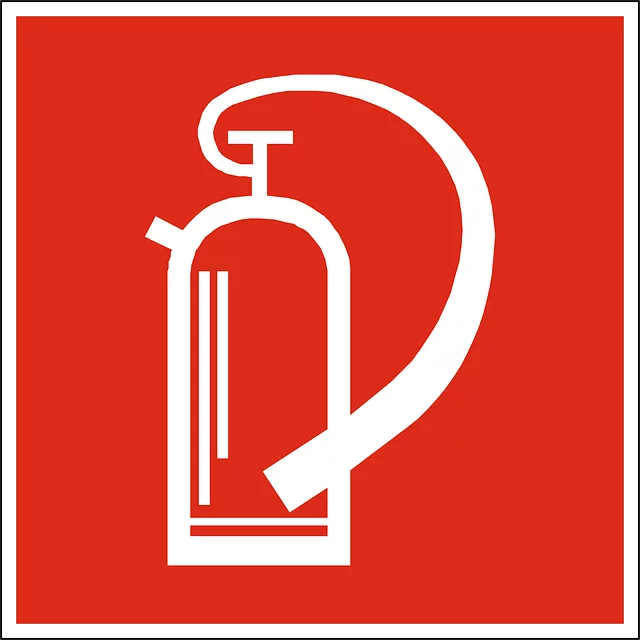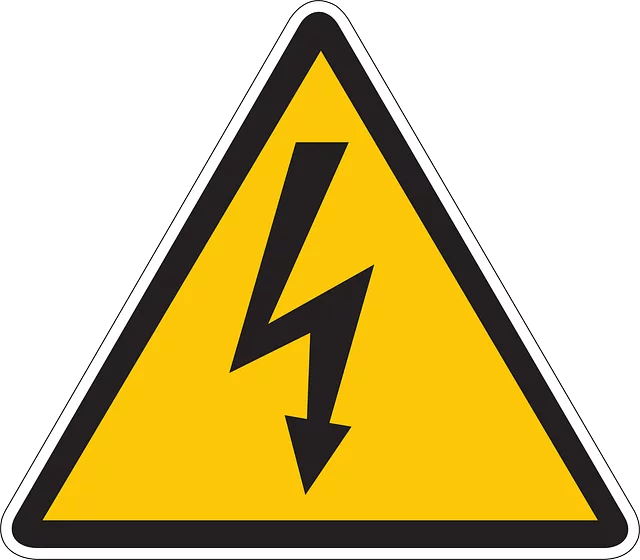OSHA workplace safety inspections rely on thorough job hazard analyses (JHAs) that follow structured hazard assessment protocols to identify, evaluate, and mitigate risks. These protocols ensure comprehensive data collection on various hazards and accurate Safety Data Sheet (SDS) compliance, accessible to employees and emergency responders. Effective JHA documentation includes detailed task descriptions, hazard consequences, and control measures, with regular reviews to reflect changing conditions. By integrating JHA into inspections, organizations maintain robust safety awareness, adherence to OSHA regulations, and reduced legal risk.
Job Hazard Analysis (JHA) documentation is a critical component of any organization’s commitment to OSHA workplace safety inspections. By understanding hazard assessment protocols and implementing best practices, businesses can ensure comprehensive risk management. This article delves into the essential aspects of JHA, including its role in OSHA inspections, safety data sheet (SDS) compliance, key documentation elements, benefits, and impact. Stay informed to foster a safer working environment.
- Understanding OSHA Workplace Safety Inspections: An Overview
- The Role of Hazard Assessment Protocols in JHA Documentation
- Safety Data Sheet (SDS) Compliance: A Crucial Aspect of JHA
- Key Elements to Include in JHA Documentation
- Best Practices for Effective JHA Documentation and Implementation
- Benefits and Impact of Comprehensive JHA Documentation
Understanding OSHA Workplace Safety Inspections: An Overview
OSHA (Occupational Safety and Health Administration) workplace safety inspections are a crucial aspect of ensuring job site compliance and worker protection. These inspections involve a thorough review of a workplace to identify potential hazards, assess adherence to safety regulations, and determine if proper hazard assessment protocols are in place. During an inspection, OSHA officials examine various factors, including equipment maintenance, personal protective equipment availability, safety data sheet (SDS) compliance, training records, and overall workplace organization.
A key focus of these inspections is to verify that employers have implemented effective risk management strategies. This includes proper hazard assessment protocols, where risks are identified, evaluated, and controlled or eliminated. By adhering to these protocols, companies can mitigate the chances of accidents, injuries, or illnesses in the workplace. Additionally, OSHA inspections ensure that safety data sheets (SDS) are up-to-date, accessible, and correctly utilized by employees, fostering a culture of safety awareness and compliance.
The Role of Hazard Assessment Protocols in JHA Documentation
Job Hazard Analysis (JHA) documentation forms a critical component of OSHA workplace safety inspections. It involves a systematic process where hazard assessment protocols are employed to identify, evaluate, and mitigate risks associated with various job tasks and work environments. These protocols serve as structured guidelines, ensuring that no potential hazards go unnoticed or unaddressed.
Effective hazard assessment protocols play a pivotal role in JHA by facilitating the collection of comprehensive data. They prompt investigators to consider not only immediate physical dangers but also chemical, biological, ergonomic, and psychosocial risks. By adhering to these protocols, organizations can maintain robust safety data sheet (SDS) compliance, ensuring that all relevant information on hazardous substances is accurately documented and accessible to employees and emergency responders.
Safety Data Sheet (SDS) Compliance: A Crucial Aspect of JHA
In the context of job hazard analysis (JHA), Safety Data Sheet (SDS) compliance is a crucial aspect that cannot be overlooked, especially during OSHA workplace safety inspections. SDSs provide vital information about chemical products and their potential hazards, ensuring employees have access to essential data for their protection. During JHA, organizations must ensure all relevant chemicals are accompanied by up-to-date SDSs, which outline the risks, handling procedures, first aid measures, and storage guidelines.
This compliance is essential in facilitating effective hazard assessment protocols. By having accurate and complete SDSs, workplace safety professionals can conduct thorough assessments, identify potential risks, and implement appropriate control measures. It helps in training employees on how to handle hazardous substances safely, promoting a proactive culture of workplace safety and ensuring regulatory adherence during OSHA inspections.
Key Elements to Include in JHA Documentation
When conducting a Job Hazard Analysis (JHA), comprehensive documentation is essential to ensure effective workplace safety measures. The JHA document should include critical elements that outline potential hazards, risk assessments, and mitigation strategies for each identified hazard. Start by detailing the task or job at hand, its specific steps, and the associated risks. This involves describing the work environment, tools, machinery, chemicals, or any other relevant factors that could pose a danger to workers.
Additionally, your documentation should clearly state the hazard assessment protocols used, such as OSHA’s guidelines for workplace safety inspections. Include a description of each identified hazard, its potential consequences, and the likelihood of occurrence. It is also crucial to reference any applicable Safety Data Sheets (SDS) for chemicals or substances used in the job, ensuring compliance with SDS requirements during the documentation process.
Best Practices for Effective JHA Documentation and Implementation
Effective Job Hazard Analysis (JHA) documentation is pivotal for organizations aiming to achieve OSHA workplace safety standards and ensure a secure working environment. A well-documented JHA serves as a dynamic guide, aiding in identifying potential risks and implementing appropriate controls. Best practices include detailed recording of every task and its associated hazards, involving employees in the process to leverage their practical knowledge. Regular reviews and updates are essential to reflect changing job conditions and new regulatory requirements.
Implementing robust JHA documentation requires standardized formats and clear hazard assessment protocols. Each identified hazard should be categorized and prioritized, with corresponding control measures documented. Integrating this process into regular OSHA workplace safety inspections streamlines compliance with safety data sheet (SDS) requirements, ensuring that all necessary information is readily accessible to staff. Consistent communication channels and training sessions further enhance the effectiveness of JHA by fostering a culture of safety consciousness among employees.
Benefits and Impact of Comprehensive JHA Documentation
Comprehensive JHA documentation offers significant advantages for any organization committed to OSHA workplace safety inspections and regulatory compliance. By meticulously recording and analyzing job hazards, businesses can identify risks early on, enabling proactive measures to mitigate potential dangers before they escalate into accidents or injuries. This proactive approach not only aligns with OSHA’s hazard assessment protocols but also fosters a culture of continuous improvement in workplace safety practices.
Well-documented JHAs facilitate effective communication among employees, management, and health and safety professionals. They serve as valuable resources during safety data sheet (SDS) compliance checks, ensuring that all relevant information about hazardous materials and their handling is readily accessible. Moreover, detailed JHA records enable organizations to demonstrate their commitment to workplace safety, which can enhance their reputation, improve employee morale, and mitigate legal risks associated with neglectful safety practices.


